| North Carolina's 189 Odonate species | ||||
|---|---|---|---|---|
| Sort Species by: Family Scientific Name [ Undocumented ] |
| Related Species in COENAGRIONIDAE: | Number of records for 2025 = 1 | |
| Photo Gallery for Sphagnum Sprite 20 photos are shown. | Other NC Galleries: Jeff Pippen Will Cook Ted Wilcox | ||
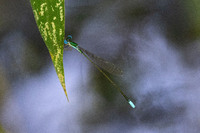 | Photo 1 by: Amy Padgett Comment: Bladen, 2024-07-05, Turnbull Creek Educational State Forest - 10:30AM at shaded boggy area |  | Photo 2 by: Lydia Pultorak Comment: Tyrrell, 2024-05-30, - Tyrell, 05-30-2024, Conservation Fund property ~2 miles west of Alligator River Marina |
 | Photo 3 by: Amy Padgett Comment: Bladen, 2024-05-22, Turnbull Creek Educational State Forest - 1:45PM at a boggy patch of sphagnum moss | 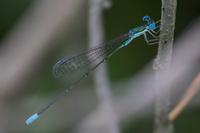 | Photo 4 by: Mark Shields Comment: Richmond; C, 2023-06-30, Lake Baggett, Sandhills Game Land |
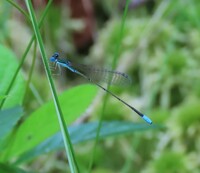 | Photo 5 by: Harry LeGrand, Lori Arent Comment: Moore; C, 2022-06-26, Aberdeen Lake dam (ALD) area; Weymouth Woods (WEWO) preserve - WEWO beaver pond; photo by Lori Arent | 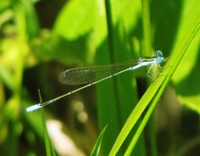 | Photo 6 by: Ken Kneidel Comment: Scotland, 2020-05-12 - edge of Scotland Lake, male |
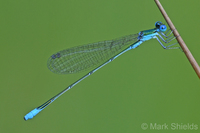 | Photo 7 by: Mark Shields, John Petranka, Sally Gewalt Comment: Jackson, 2018-06-26, Panthertown Valley, Nantahala National Forest - in bog. First record for county. | 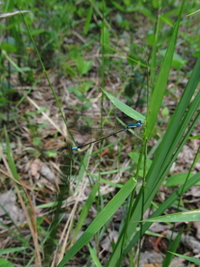 | Photo 8 by: Mike Turner, Conrad Wernett, Alyssa Wernett Comment: Scotland, 2017-05-07, Sandhill Game Land; Scotland Lake - adult males |
 | Photo 9 by: Alicia Jackson Comment: Brunswick, 2016-06-16, Military Ocean Terminal at Sunny Point | 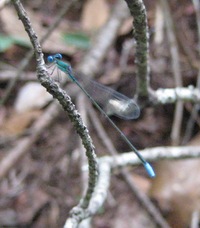 | Photo 10 by: Alicia Jackson Comment: Brunswick, 2016-06-16, Military Ocean Terminal at Sunny Point |
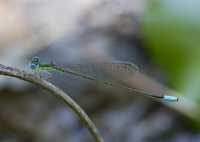 | Photo 11 by: John Petranka Comment: Moore; C, 2016-06-10, Weymouth Woods Sandhills Nature Preserve. James Creek along Gum Swamp Trail | 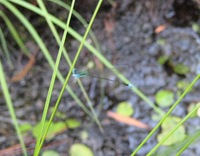 | Photo 12 by: Alicia Jackson Comment: Tyrrell, 2014-06-04, Private property north of US 64 |
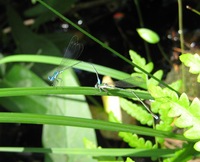 | Photo 13 by: Alicia Jackson Comment: Tyrrell, 2014-05-21, Private property north of US 64 - mating pair | 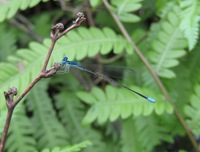 | Photo 14 by: Alicia Jackson Comment: Tyrrell, 2014-05-18, Palmetto-Peartree Preserve |
 | Photo 15 by: Doug Johnston, Vin Stanton Comment: Graham, 2013-07-16, Tulula Bog - Male & Female | 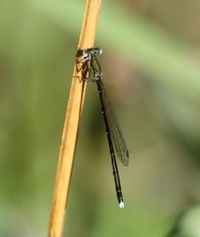 | Photo 16 by: Doug Johnston, Vin Stanton Comment: Graham, 2013-07-16, Tulula Bog - Male & Female |
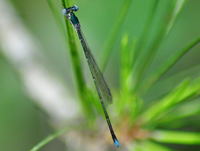 | Photo 17 by: Kyle Kittelberger, Brian Bockhahn, Ed Corey Comment: Bladen, 2013-06-04, seen at Baytree State Park |  | Photo 18 by: Steve Hall Comment: Montgomery, 2011-06-23, Observed at margin of Roberdo Bog, Uwharrie National Forest |
 | Photo 19 by: Diana and Terry Hibbitts Comment: Buncombe, 2011-06-03, Lake Powhatan. Originally posted on iNaturalist: https://www.inaturalist.org/observations/2697432 - Male |  | Photo 20 by: Randy Emmitt Comment: Scotland, 2007-06-16, Sandhills Game Land, mated pair |
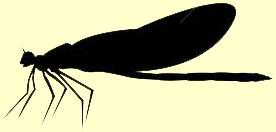
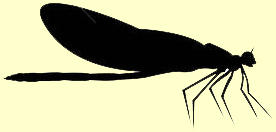 »
»